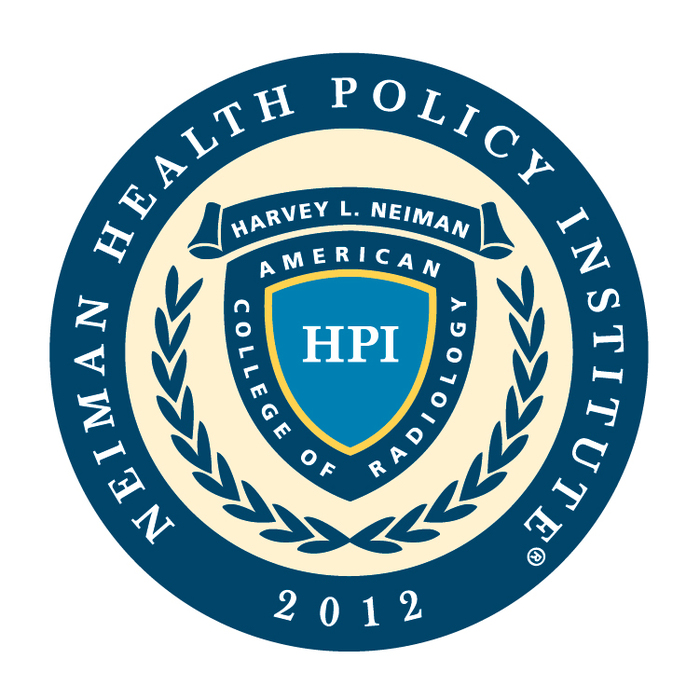Newswise — A new Harvey L. Neiman Health Policy Institute study found that from 2014 to 2023 the number of medical practices with affiliated radiologists decreased 14.7% (from 5,059 to 4,313) even though the number of radiologists increased 17.3% (from 30,723 to 36,024). As such, the average number of radiologists per practice increased from 9.7 to 17.9 over the study. This Journal of the American Journal of Roentgenology study was based on Centers for Medicare and Medicaid Services data for all providers enrolled to provide care to Medicare patients (2014-2023).
About half of radiologists are affiliated with radiology-only practices, in which all physicians in the practice are radiologists; the other half are affiliated with multispecialty practices. In these multispecialty practices, radiologists may comprise a majority of physicians, another specialty may comprise a majority, or no one specialty comprises a majority of physicians.
“While the number of radiologists increased 17.3% overall, the number of radiologists in radiology-only practices decreased 12.8%. In comparison, the number of radiologists in multispecialty practices increased 47.0%,” said Eric Christensen, PhD, Research Director at the Neiman Health Policy Institute. “Among multispecialty practices, the growth was in radiology-majority-specialty practices (64.8%) and no-majority-specialty practices (50.7%).”
“Our study inferred how consolidation is occurring by examining radiologists’ practice affiliations before compared with after their prior practice ceased. Radiologists affiliated with radiology-only practices with 1-2 radiologists that ceased were most often (70.5%) associated with another, larger radiology-only practice. In comparison, 54.7% of radiologists affiliated with radiology-only practices with 50+ radiologists that ceased were next affiliated with a no-majority-specialty practice,” said Jay Parikh, MD, coauthor and Professor at the University of Texas MD Anderson Cancer Center. “While the data did not allow us to determine which practices merged or how they consolidated, the observed patterns are consistent with increasing consolidation of practices into larger practices – both among radiology-only practices, and into/between multi-specialty practices.”
“It is not possible to determine from our study the cause of the consolidation we have observed, but the consolidation may have been driven by various legislative actions such as the Affordable Care Act, the Medicare Access and CHIP Reauthorization Act (MACRA), and the No Surprises Act,” said Dr. Christensen. “These laws fostered accountable care organizations, value-based payment, care coordination, quality improvement, and impact payments for out-of-network care.”
“Responding to the incentives created by these laws is facilitated with a larger practice,” said Dr. Parikh. “Accountable care organizations, value-based payment, care coordination, quality improvement rely on EHR capabilities, the costs of which are more readily managed by larger entities. Likewise, the costs of the independent dispute resolution process under the No Surprises Act favors larger practices as larger practices provide more opportunity to batch claims in the independent dispute resolution process.”
To arrange an interview with a spokesperson, contact Nichole Gonzalez at [email protected].
###
About the Harvey L. Neiman Health Policy Institute
The Harvey L. Neiman Health Policy Institute is one of the nation’s leading medical imaging socioeconomic research organizations. The Neiman Institute studies the role and value of radiology and radiologists in evolving health care delivery and payment systems and the impact of medical imaging on the cost, quality, safety and efficiency of health care. Visit us at www.neimanhpi.org and follow us on Twitter, LinkedIn and Facebook.
MEDIA CONTACT
Register for reporter access to contact detailsCITATIONS
American Journal of Roentgenology
